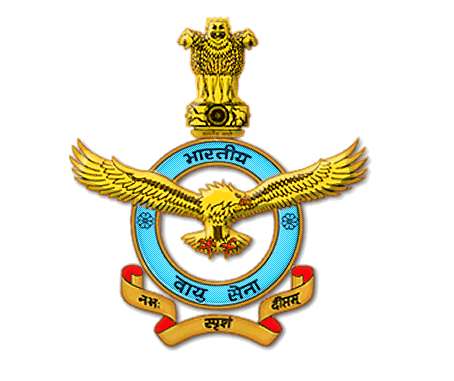Indian Air Force to focus on southern India with major defence exercises in the future
18 Dec 2007
The Indian Air Force (IAF) is planning a series of exercises in the southern part of the country next year, along the lines of the path breaking exercise 'Dakshin Prahar,' conducted just last week.
next year, along the lines of the path breaking exercise 'Dakshin Prahar,' conducted just last week.
According to IAF officials, the Thiruvananthapuram-based Southern Air Command is now in the process of validating concepts that were tested during ex-Dakshin Prahar. These would come in useful for the future, they said.
According to reports, IAF officials say that the southern region of the country had failed to receive the same level of focus that other parts of the country had. The situation in this part of the region is changing rapidly, with both Sri Lankan and LTTE forces raising the threshold level by inducting equipment that allows them to operate at a greater level of sophistication than before.
In the case of the LTTE, this may involve only propeller driven aircraft, but the results have been spectacular. The Sri Lankan Air Force is yet to recover from the losses inflicted by the LTTE's air wing.
In the case of the Sri Lankan Air Force an expanded force of MiG-27's and more capable helicopters is being backed up by an increasingly sophisticated radar and surveillance system that has dealt some debilitating blows to the LTTE.
For India all these developments are a matter of concern as it has important port facilities located in the region as well as sensitive nuclear facilities. Static facilities of strategic importance apart, the region has been experiencing a thriving guerrilla war in Sri Lanka. With the LTTE forces engaged in constant gun-running and other activities along the southern coastline, an enhanced surveillance activity on the part of the IAF is now very much on the cards, particularly in the light of the fact that hundreds of tonnes of explosives were recovered in February from a LTTE boat apprehended off the Tamil Nadu coast.
Dakshin Prahar
Dakshin Prahar also successfully tested the IAF's new 'flexi-airspace' concept in tandem with the Airports Authority of India (AAI). They point out that this was the first time that coordination of civil-military traffic for simultaneous air activity took place at such a large scale.
With the success of Dakshin Prahar, a new chapter of joint civil-military sharing of airspace, airfields, radars and professional expertise has begun, IAF officials have said.
The exercise was conducted in two phases from Thiruvananthapuram and Hyderabad. During the exercise, Mirage-2000 fighters took off from Thiruvananthapuram and Dundigal, while Su-30s from forward bases in Gujarat and north-western Rajasthan and Jaguars from Arakkonam simulated friendly and hostile forces over long aerial ranges covering the length and breadth of the country. The aircraft fully utilised air-to air refuelling facilities and off-base operations.
IAF officials said that operational tactics were formulated to cater to contemporary threat scenarios involving beyond visual range (BVR) weaponry, avionics-laden combat aircraft and far reaching air defence weapons. Aircraft like the mammoth IL-76, the workhorse AN-32 and the ubiquitous Mi-8 helicopters provided logistical support. Unmanned aerial vehicles (UAVs) were also deployed during the exercise.
An important aspect of integration during the exercise was the role of the Indian Navy and the Coast Guard in pooling their resources and infrastructure at various places like Visakhapatnam, Goa, Mangalore, Arakkonam and Kochi to smoothen the process of inter-operability.
The Indian Navy and the Coast Guard provided search and rescue vessels up to the Lakshadweep & Minicoy Islands. Airfields and support services were thrown open to use by the AAI, which regulated the incessant airline traffic across the southern skies.
The Indian Army facilitated communication networking and troops for the exercise apart from utilising its air defence artillery guarding a high value target against air raids. IAF troops also took part in the action with their MANPADS (man portable air defence systems). In addition to this, a satellite was stationed to cover the specified targets on ground and send high-resolution imagery for analysis before and after an 'attack'.
It was supplemented by UAVs that took photographs and relayed them to the SAC Operations Room in Thiruvananthapuram.







.webp)














